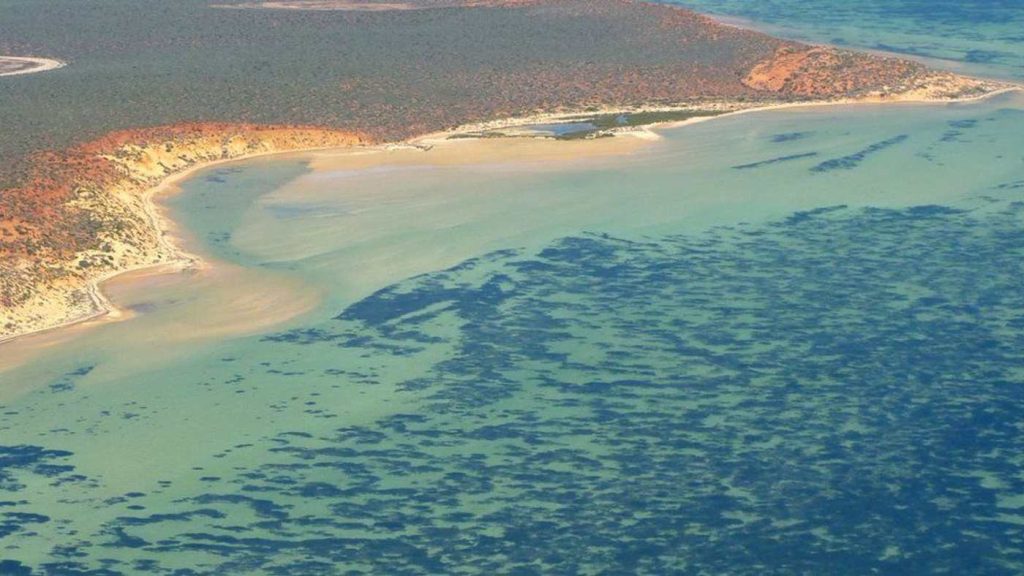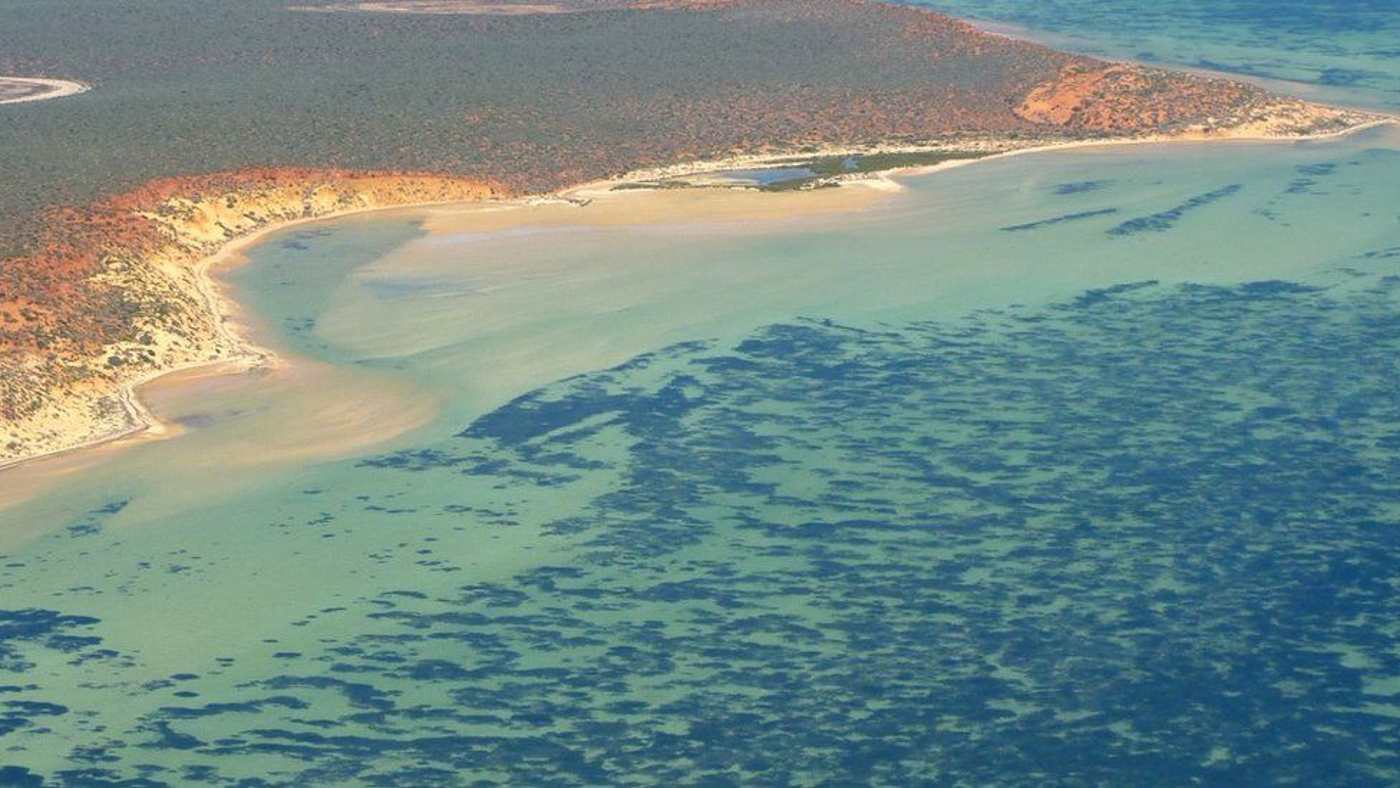
Shark Bay, Australia should perhaps consider a name change to Seagrass Bay, since the largest resident isn’t a great white predator, but a single seagrass meadow.
After discovering that the whole bay’s worth of seagrass spread from one seed and was all part of the same plant, it instantly became the world’s largest plant—as large as 20,000 football fields.
At 77 square miles, it’s three-times the size of Manhattan, and could be 4,500 years old to boot.
Neither old trees nor big trees are anything new. GNN recently reported on a re-thiking of the world’s oldest tree list after the dating of a Patagonian cypress revealed it to be over 5,000 years old, and anyone who has visited Sequoia National Park will know that some of the bigger trees can add the equivalent weight of a 40-year old oak in wood volume every year.
As it turns out, quantity beats quality, and it’s the numerous waving arms of a single seagrass meadow at the bottom of Shark Bay, Australia, that can now be considered the world’s largest.
MORE: Why Our Brains See Faces Everywhere – And Monkeys Do Too
Jane Edgeloe and colleagues took samples from several stalks from across Shark Bay, looking to find out how many individual plants made up the rich meadow, which spreads 110 miles (180 kilometers) throughout the giant inlet.
“The answer blew us away—there was just one!” Edelgoe told BBC. “That’s it, just one plant has expanded over 180km in Shark Bay, making it the largest known plant on Earth.”
Seagrass in healthy conditions can grow around a little more than 1 foot, or 35 centimeters a year, making it similar to most lawn grasses. At that rate, to reach the size it has today, this specimen of Poseidon’s ribbon weed needed 4,500 years at least.
“It appears to be really resilient, experiencing a wide range of temperatures and salinities plus extreme high light conditions, which together would typically be highly stressful for most plants,” added Dr. Elizabeth Sinclair, one of the researchers.
The findings were published in Proceedings of the Royal Society B.
The plant reminds one of the 80,000-year-old, 6,000 ton clutch of quaking aspen roots in Utah that was recently identified as the oldest living thing.
SHARE This Story From Down Under With Friends on Social Media…




















